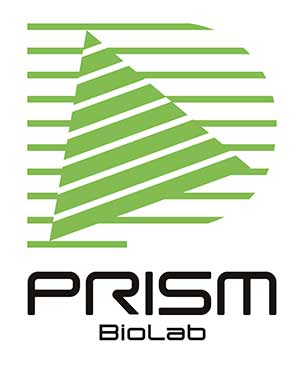Published on: November 1, 2023
AI and ITs are offering us fabulous opportunities for peptide structure prediction. The impact of AlphaFold2 and RoseTTAFold on protein structure prediction is the typical example that rapidly changes our attitudes on “prediction”. We are also interested because of the expanding potential of computational approaches.
AlphaFold is based on a deep learning method and the structural dataset on PDB. A number of comments were thrown both online and offline when it was released, which say “The result is far from the real protein structure.” But recognition nowadays is far from the early days. More and more researchers are trying to make an efficient use of AlphaFold2 for structural prediction. Reliability has changed in a couple of years.
Since the release of AlphaFold in 2018 and AlphaFold2 in 2020, AlphaFold-based software is one of the hot topics in computational science. There are innumerous modified AlphaFold software in GitHub. It would be an interesting goldmining to test them to dig out the software in each prediction need. But it takes too much time to understand the essence and nature of each program, benchmark and compare them and make one of them into a software with reasonable usability. But we are keeping our eyes on them to assess the possibility of application for drug discovery.
There is a benchmarking study on AlphaFold.1) In this paper, the authors compared the peptide structures generated by AlphaFold2 against NMR structures. 588 peptides with the sequence length range between 10 and 40 were tested and analyzed. It revealed AlphaFold2 predicts α-helices, β-hairpin and disulfide-rich peptides with high accuracy. PepMetics® is a peptidomimetics of α-helices and β-turn in β-hairpin and seems good compatibility with AlphaFold2 according to this result.
Now cyclic peptide structure can be predicted by an AlphaFold-based method. There is a paper on AfCycDesign.2) AfCycDesign uses AlphaFold as the pretrained network and modified it to allow the recognition of cyclization.
It has been difficult to predict the structure of a cyclic peptide by AlphaFold for two reasons. First, AlphaFold is built specifically for general proteins and peptides and is not applicable for a backbone structure prediction of a cyclic peptide. Secondly, there is not much data of cyclic peptide structures for machine learning.
The performance of AfCycDesign is in a reasonable range. The way the author improved the model is described in the paper. Basically, they defined cyclic constraints and used it for input positional encoding. The result was that 36 out of 49 predicted structures had high confidence (pLDDT>0.85) and RMSD (root mean squared deviation) against the native structure was less than 1.5 Å.
The authors applied AfCycDesign for de novo design of cyclic peptides as well. 10,681 unique and high confidence (pLDDT>0.9) cyclic peptides with 7~13 amino acids were identified by clustering from the hundreds of thousands of peptide structures. The structures of 7 selected structures were compared by X-ray crystallography and RMSDs were less than 1.0 Å.
There is a room for improvement on AfCycDesign for structural prediction confidence depends on the amino acid sequence and pLDDT sometimes drops down to less than 0.7. But new method that enabled what was unable opens an great opportunity.
AlphaFold-based software and methods as well as AlphaFold itself can be a game changer. We would be pleased to have a chance of collaborative research. Please contact us if you are interested in peptide structure prediction and PepMetics®.
1) https://doi.org/10.1016/j.str.2022.11.012
2) https://doi.org/10.1101/2023.02.25.529956

